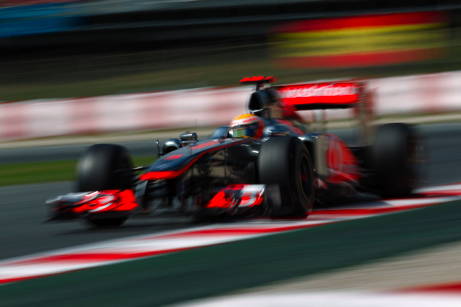
The Figures column brings you the numbers we didn't know a week ago. This week: some of the more surprising stats from the world of Formula 1, to celebrate this weekend's Monaco Grand Prix.
Renault engines have won 134 F1 Grands Prix, the most recent being Sebastien Vettel's Victory in Spain last week. Renault engines have powered cars to 180 pole positions and 253 podium finishes since 1977.
The 155 wins recorded by the Ford Cosworth DFV engine between 1967 and 1983 make it the most successful engine in the history of Grand Prix racing.
Weighing as little as 95kg and developing around 750bhp, a 2011 F1 engine has a power to weight ratio of about 8bhp/kg. Even high performance road car engines develop half as much power per kilo.
Each driver has 44 tyres available in a normal race weekend. So Pirelli supply a total of 1056 tyres to the 24 drivers at each race, just over 20,000 in the season - and that doesn't count testing, third drivers and wet races.
Each driver has 30 gear ratio pairs available during the season. The ratios must be declared to the FIA before the start of the season.
F1 cars weigh 640kg, around 100kg less than a Smart fortwo. There is a specified minimum weight on front and rear wheels of 291kg and 342kg respectively, which means the weight disribution must be between 45.4 per cent front/64.6 per cent rear and 56.6 per cent front/53.4 per cent rear.
Regulations mandate 4 wheels, so there is currently no change of a revival of six-wheeled F1 cars such as were built in the past by Tyrrell, March and Williams.
A fine of €200 is imposed for every 1km/h over the pitlane speed limit during practice and qualifying. In the race a drive-through penalty is applied instead.
Brake pads can exceed 750degC in hard use. Tyres run at 160degC.
More than 4000 gear changes are required during the Monaco Grand Prix - approximately one every second and a half, on average.



